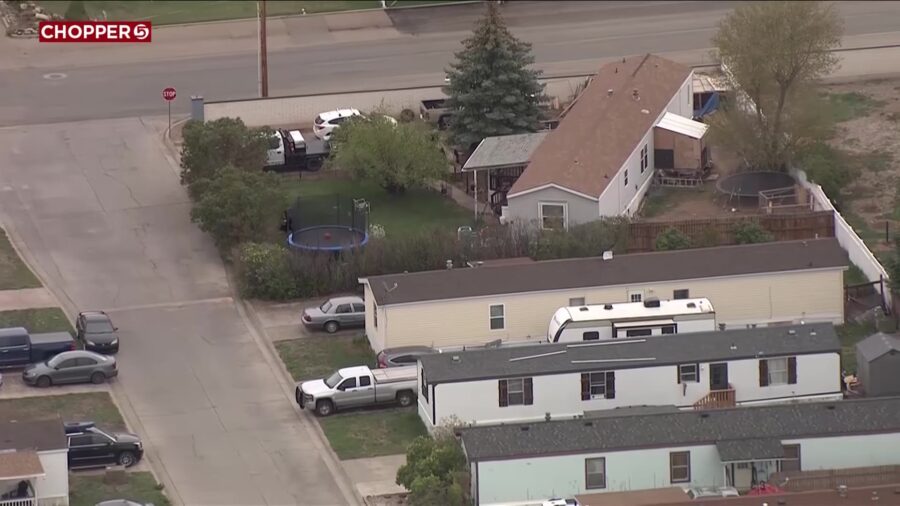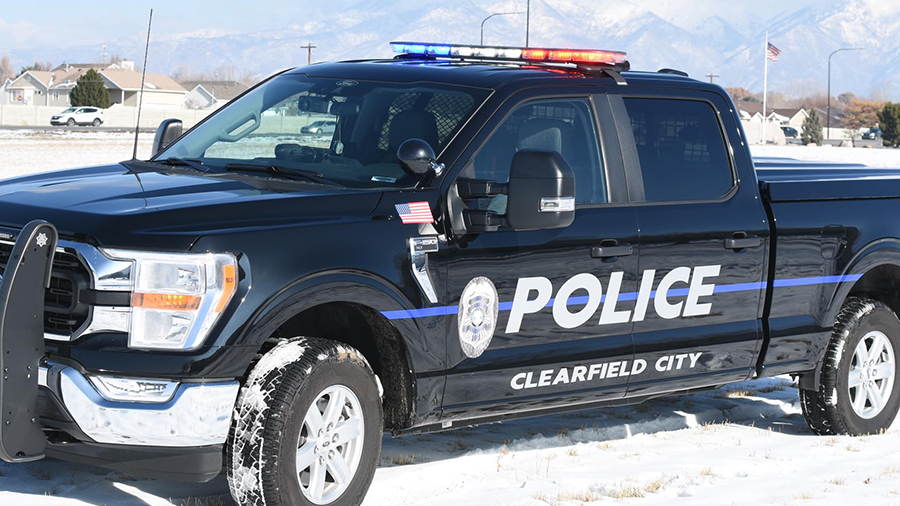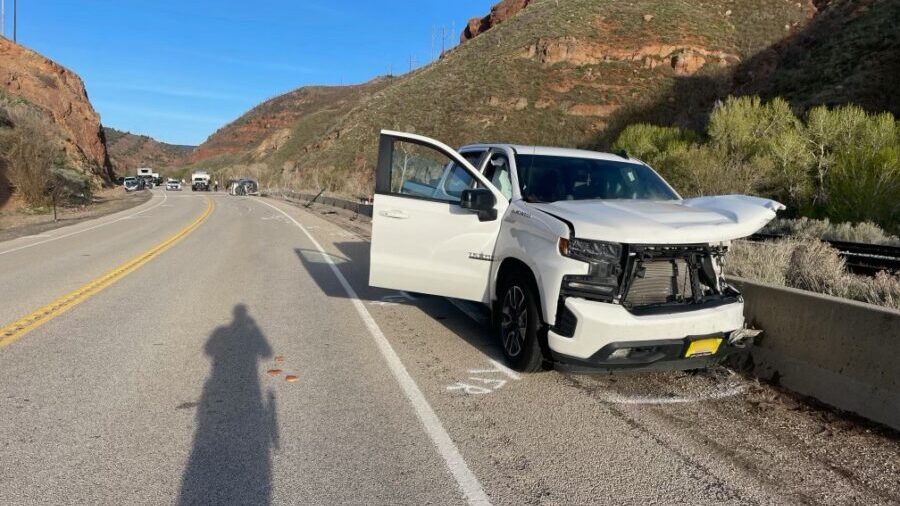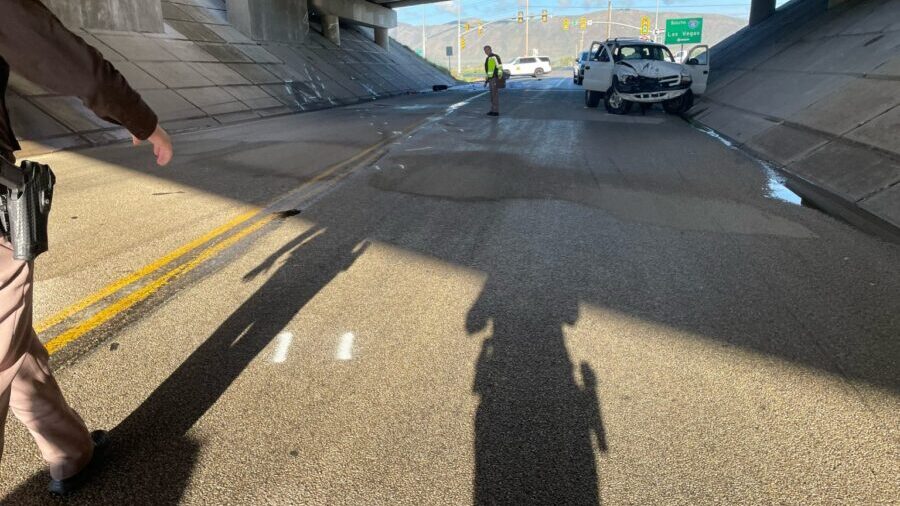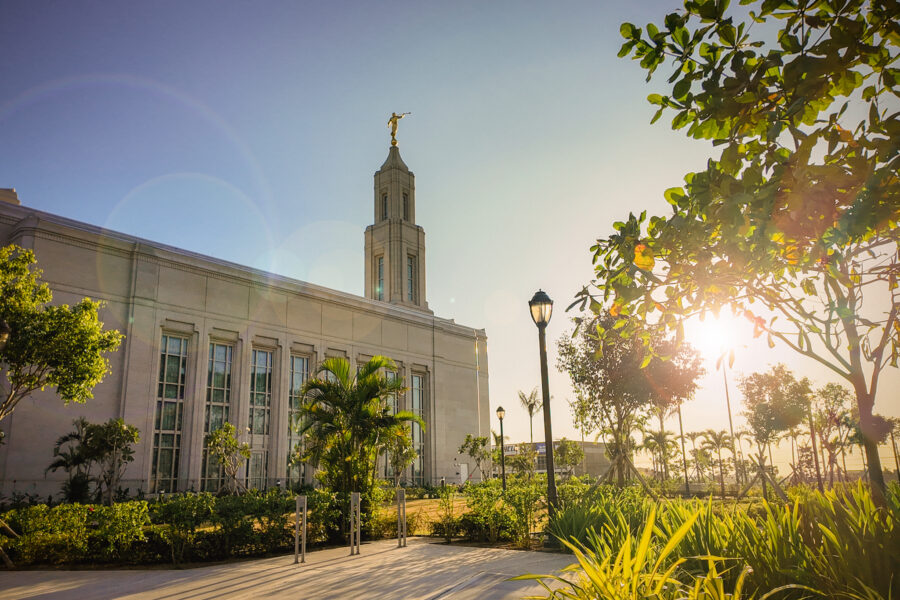Unarmed and on call: An inside look at revolutionary SLC police program one year after creation
Mar 6, 2024, 11:32 PM | Updated: Mar 7, 2024, 5:38 am
SALT LAKE CITY — For the past year, Salt Lake City has taken a revolutionary approach to public safety with a new program aimed at changing policing in the community — this is the first inside look at how it’s operating.
Setting down orange cones from the back of a pickup truck may not look ground-breaking, but as Specialist Debbie Findlay blocked traffic in Sugar House during a fender bender, she was also laying down a foundation for help.
Findlay walked over to a young man from one of the cars and gave him a crash report form to fill out.
“If you have any questions let me know, I’ll be around. OK?” she told him, in a friendly voice.
Findlay responds to 911 calls made to Salt Lake City police, just like that afternoon car crash, but she isn’t a sworn officer. She doesn’t carry a gun or wear a traditional police uniform. Her role is to secure the scene, begin crash cleanup, and in this case, give a shaken-up high school teen some reassurance.
“Are you OK?” Findlay asked the girl from the other car, in a comforting voice. “I’m fine,” the 17-year-old replied, waving her hand in her face as she tried not to cry.
Findlay helped calm her down before walking back to her truck.
“Especially for a younger person who’s probably in her first accident, you know, her mom’s not here, her mom’s on the phone — and that’s hard,” Findlay said.
As a specialist for the newly formed Salt Lake City Police Community Response Team, referred to as PCRT, Findlay’s job is to show up to police calls, as an unarmed civilian.
“We want to make them feel safe and comfortable and let them know everything will be OK,” she said.
‘A different type of service’
Lt. Mason Givens supervises the 16-person team. He is an actual sworn officer, but the only one on the PCRT.
He’s been in law enforcement for nearly two decades but has never led a program like this.
“They provide a different type of service to the citizens that most police officers either don’t have time or don’t typically fall into the ‘law enforcement category,’” he said.
He described how the idea for a civilian-based response team started back in 2018 after SLCPD underwent an assessment from an audit group.
“We also simultaneously had our Mayor’s Racial Equity and Policing Commission that was looking into ways that we could diversify our responses or an alternative response model,” Givens said.
After creating a panel committee that studied and met with similar programs in other states for a year and a half, Salt Lake launched its response team in January 2023.
“Some of the things you can expect is like a softer approach, if you will,” Givens said. “We wear polo shirts and black khakis so that we distinguish ourselves from police officers.”
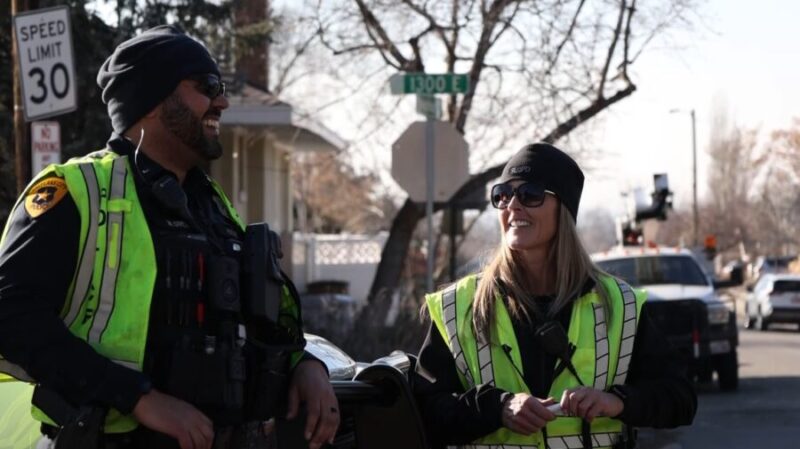
Lt. Mason Givens stands with Specialist Debbie Findlay (KSL TV)
The PCRT handles calls from tire changes and unlocking doors, to car prowls to car crashes, as well as medical issues, welfare checks, vandalism, thefts and collecting evidence.
Givens said the team has handled hundreds of 911 hangup calls.
While specialists take what are classified as low-hazard non-emergency calls, they can also respond to emergencies in support functions, Givens explained.
Right now, the team works during the daytime and evening hours, but in the future, there’s hope the program could expand to staff the PCRT 24 hours a day.
‘We can help them’
The PCRT is often able to arrive faster than an officer to the lower-priority calls that might be on hold for hours, Givens and Findlay both explained.
“I think when officers go out sometimes … they’re getting all the information they need, but then they got to bounce right to the next call,” Findlay said.
As a retired police officer herself, Findlay can see how the PCRT has an impact on public safety response.
“You’re able to spend more time on your calls. People feel like they’ve been heard,” she said.
Findlay’s teammate, Specialist Dominique Carter, explained how at his former job as a dispatcher, he would see police calls on hold for 24 hours.
“You want to get help to them as soon as possible,” he said. “Those calls that the officers may not be able to get to right away, we can help with them.”
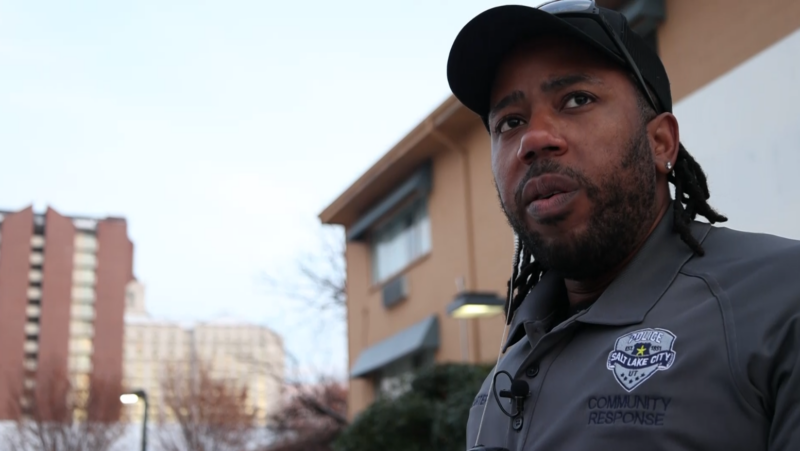
Specialist Dominique Carter responds to a call within minutes downtown (KSL TV)
On a cold, Code Blue day near downtown, Carter responded to a call from a woman experiencing homelessness who was stuck at a gas station with limited mobility.
He talked to her as she sat in a wheelchair in frigid temperatures, with her head hanging down.
At first, she didn’t want any assistance.
“Sometimes we need help from others. We can’t do it all on our own, you know what I mean?” Carter gently tells her.
He finds her a warm place for the night and gives the woman a listening ear.
“If you need to call tomorrow and you need someone to talk to, I can meet you, OK?” he said.
The woman eventually accepts his help.
Carter called in social workers and secured the woman a ride to a shelter.
“I do feel like we’re kind of a hybrid as an officer and a social worker, where we’re somewhere in the middle,” he said.
‘A positive face’
A huge focus of the PCRT that both Carter and Findlay greatly enjoy, is community engagement.
On a sunny, warm day at Sugar House Park, with no calls currently holding, the PCRT spends time walking the park and talking with citizens.
“Nice day for walking!” Findlay cheerily said to two women.
The group stopped at the basketball court to join a pickup game.
Findlay stood on the sideline with two other team members, laughing and clapping as Carter and others had fun on the court.
Eventually, they explained to the guys playing basketball what the PCRT is and sprinkled in a safety message.
“Make sure you’re safe and lock your things up, people are sneaky,” Findlay said, referencing the people’s cars.
Findlay expressed that she hopes those she meets will then tell their family and friends so that community members know who they are and what they do.
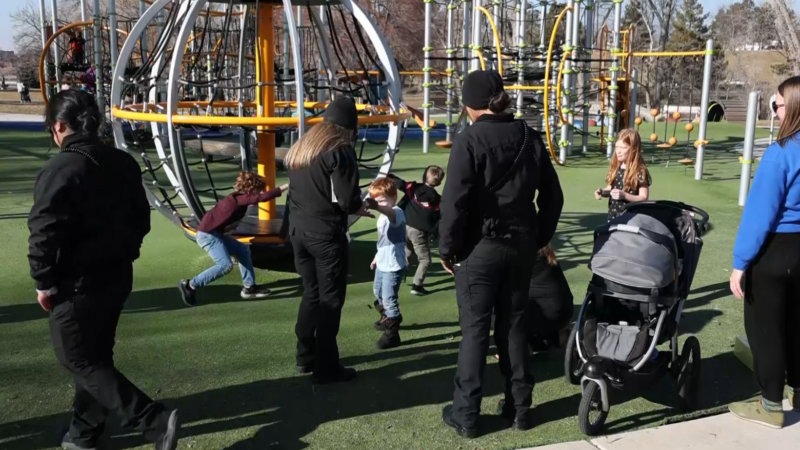
Specialist Findlay gives a young boy a sticker during PCRT outreach (KSL TV)
Carter said he’s met with kindergarten students to talk about a career in law enforcement and played dodgeball with kids as part of his outreach.
“We’ve helped with summer camp, with at-risk kids, with our Promising Youth project,” he explained. “That’s something that we did over the summer where we try to help them get on a better path.”
After shooting hoops, the group moseyed to the playground and talked to excited kids.
Findlay always keeps stickers on hand to pass out to children, and dog treats to feed to cute pups.
“Kids love stickers,” she said. “Their faces light up and they’re just happy, and they talk about it for hours and show their friends.”
Their goal is to create meaningful connections.
“At the end of the day, you feel good about your day, what you’ve done,” Findlay said. “The people that you’ve responded on calls to, hopefully, they feel good about what they experienced.”
“We cannot function as a police department without community trust,” Givens said. “We’re always striving to be better, to move forward, and to be a positive face for the police department and the city as a whole.”
The PCRT hopes the work they do builds a foundation of community relationships.
“We’re here to help you,” Findlay said. “We like to come out here and be a part of your day.”



